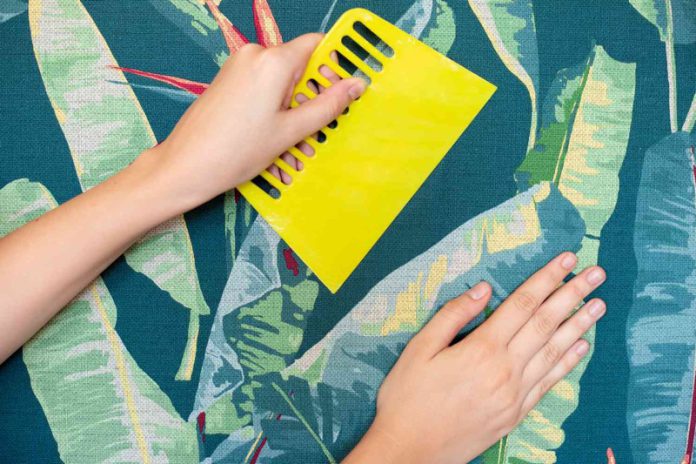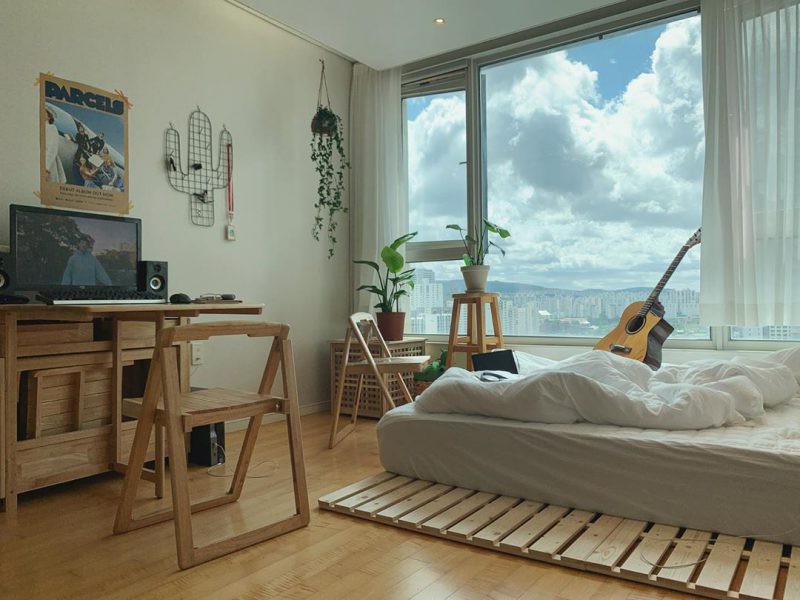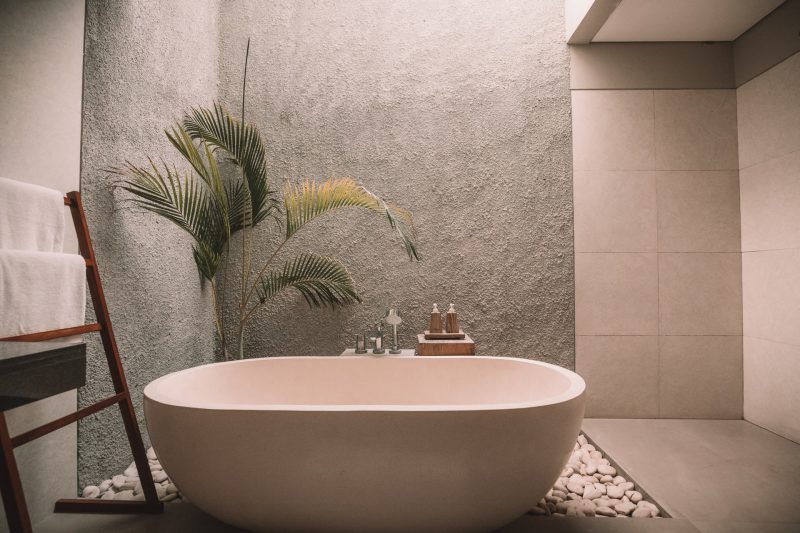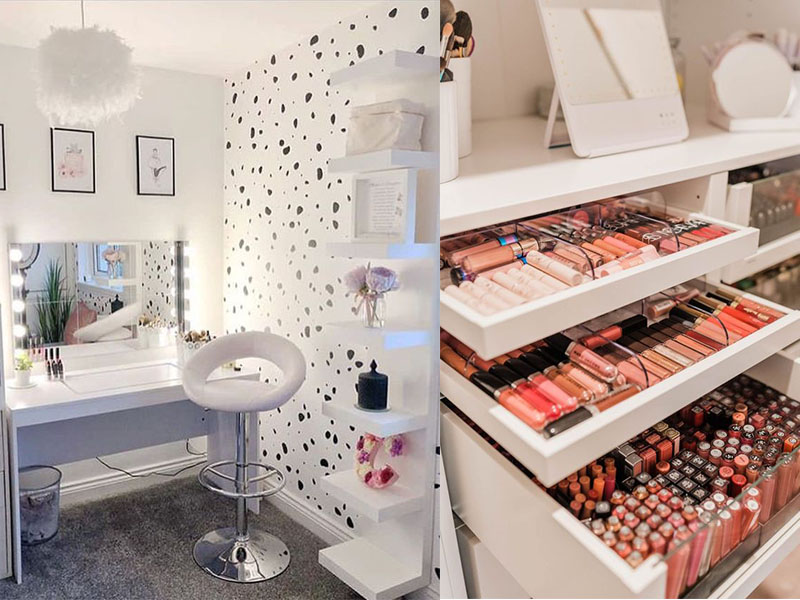Painted walls have long ruled the world of interior design. For many years we have only seen white and gray canvas walls. Then came a certain change with the emergence of wallpapers. In 2020, we saw an increase in wallpaper installations. But due to some disadvantages, it made everyone uncomfortable installing wallpapers.
Peel-off wallpaper was never originally made as wallpaper. It was made for stickers and decals. Over time, it became popular with people living in apartments, condominiums, or temporary living situations because they could easily install and remove it. It’s even possible to do it solo, though an extra set of hands never hurts. Peel and stick wallpapers are available in a wide variety. Different patterns are available for different areas of the home. People mostly prefer self-adhesive and adhesive wallpaper for dining rooms because modern dining room peel and stick wallpaper will elevate your parties.
Advantages of installing self-adhesive wallpaper:
The main advantage of installing stick and peel wallpaper is that it requires fewer supplies to install it. They have self-adhesive, so you don’t need glue or paste. Furthermore, they can be easily peeled off when required.
In addition, self-adhesive wallpapers are wipeable. Dirt and splash stains can be removed by wiping. However, do not use cleaning agents because the patterns on the wallpaper are made with ink, so the print on the wallpaper may fade. In addition, they are long-lasting and trendy.
Top 5 professional tips for the correct installation of removable wallpaper:
Unfortunately, as an installer, peel-and-stick wallpaper is not as easy to install as advertised. It is sticky on the back; therefore, it presents challenges that regular wallpapers don’t have. A properly installed wallpaper can change the look of your room. It’s a pretty simple process if followed correctly. Here we share 5 pro tips for proper installation of peel-off wallpaper;
- Prepare the walls before applying peel and stick wallpaper:
Before applying self-adhesive wallpaper, prepare the walls. Make sure the walls are smooth. Use a sponge or mild cleaner to remove dust from the walls. Then let the wall dry. If the walls are newly painted, you should wait 2-3 days before installing peel-off wallpaper.
- Do not apply to a textured wall:
Do not apply peel and stick wallpaper to a textured wall. Points on the textured wall will shine through the wallpaper. In addition, it will also make it difficult to properly adhere the wallpaper to the wall. Therefore, adhesive wallpaper on the wall with a texture is not recommended.
- Wrapping Off plastic in stages:
Do not open the plastic package all at once, but open it gradually. Following this procedure will make gluing the tips easy. If you wrap the plastic all at once, the wallpaper will not be applied correctly.
- Get help from anyone:
Do not apply peel and stick wallpaper solo, get advice from someone who is an expert. You ideally need two people to carry out this process.
- Use a dry eraser for smoothing:
For most of the smoothing process, use a dry eraser instead of a typical trowel to avoid damaging the wallpaper. Because it is a very thin material. Use a household hair dryer instead of a heat gun to remove air bubbles at the end. Because sometimes wallpapers don’t stick to the wall properly, they leave behind air pockets.
In short, if you want to improve your house or room in the short term, self-adhesive wallpaper is the best choice. They come in different colors and designs. But the results can be terrible if the wallpaper doesn’t adhere properly. These peel-off wallpapers can produce great results if you follow some important tips and tricks.






